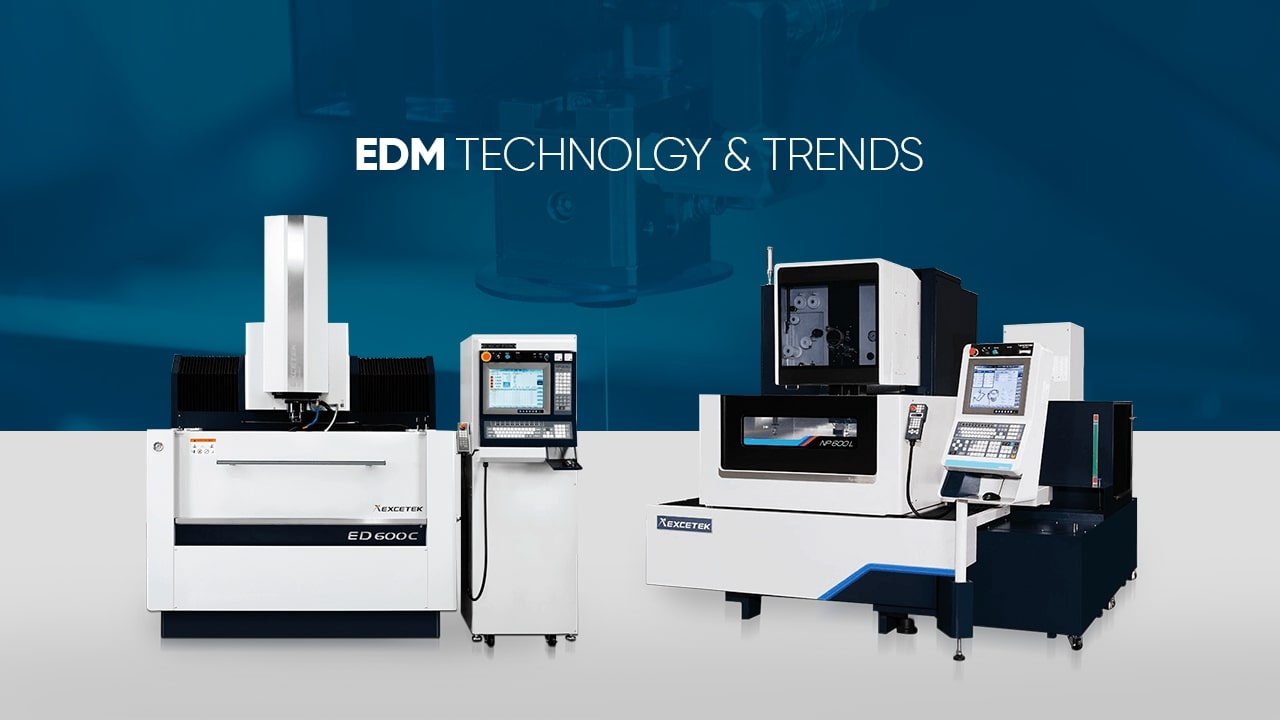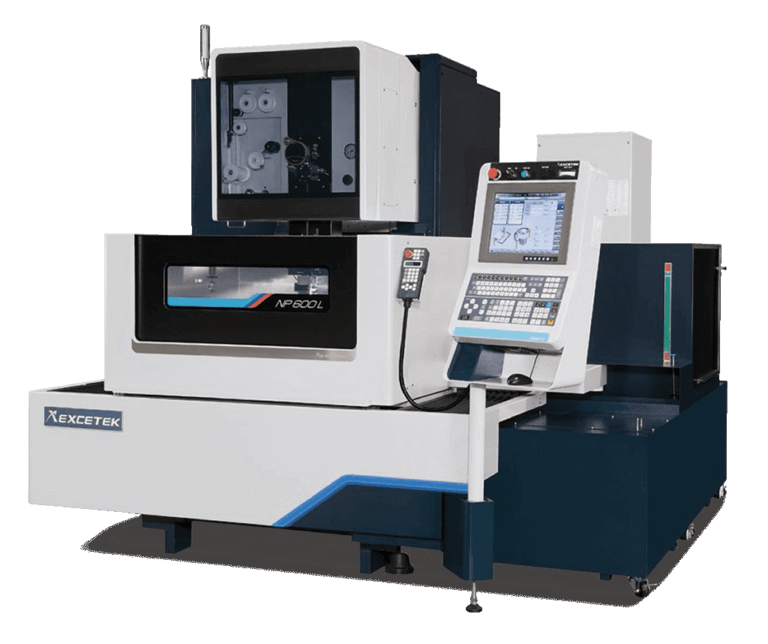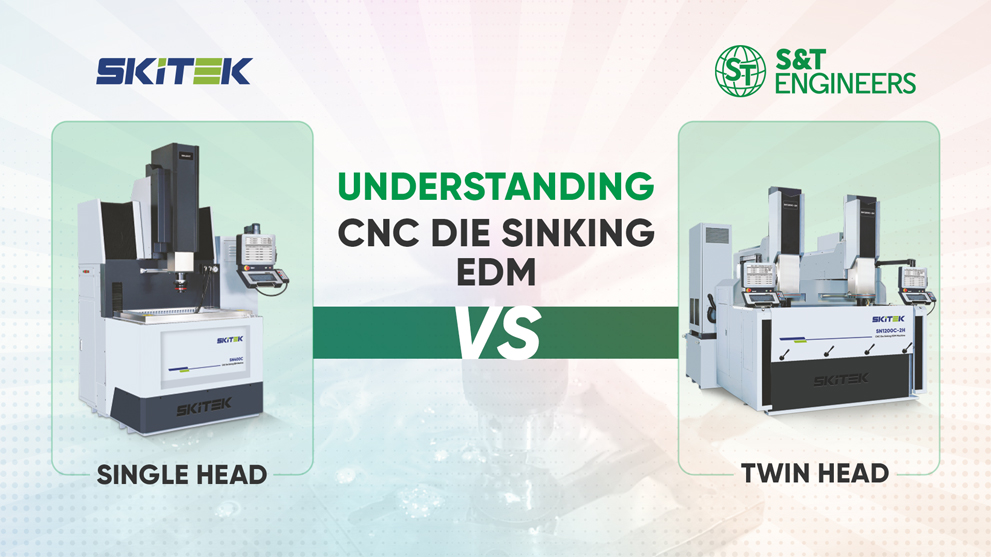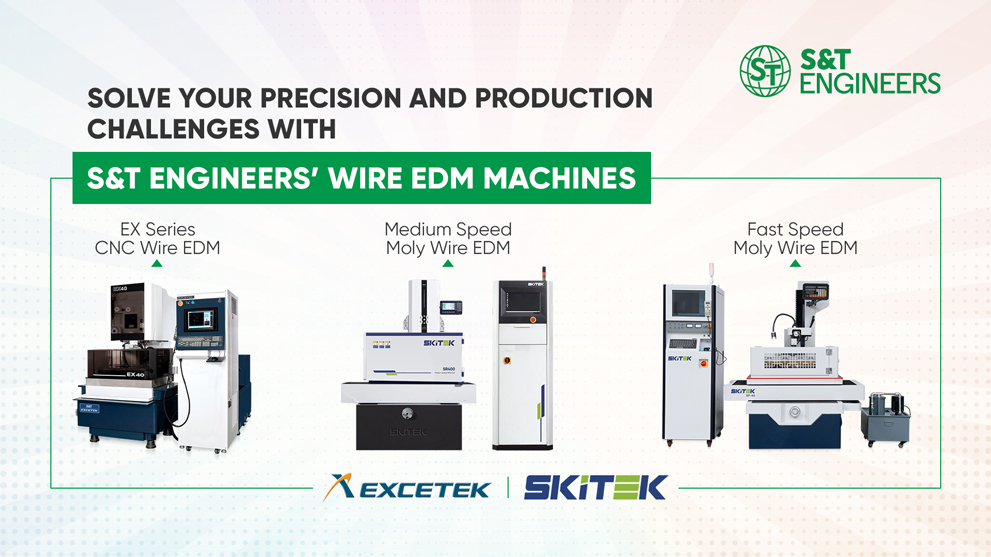
Introduction
Since the introduction of EDM over 70 years ago, the Technology for speed and precision has grown tremendously and likewise, its capabilities and manufacturing applications have followed suit. Its broad capabilities have allowed it to expand its influence beyond its initial small niche of precision tooling manufacture to include production, aerospace/aircraft, medical, and virtually all areas of conductive material machining, with the addition of automatic tool changers, automatic threading, slug removers, robotic work-piece changers, and palletization. This interesting manufacturing process has achieved virtually complete machining autonomy, and it has earned its proper position alongside more traditional machining processes such as lathes and grinders as self-sustaining profit centres.
Vertical Machines
Originally Known as “Sinker EDM” because the electrode was mounted and used in the vertical or Z-axis only, the first working models were adapted to drill presses and small milling machines. Their primary duties were to remove broken taps and drills from expensive work pieces. Power supplies became more sophisticated throughout time, to the point that they needed to be attached to their own “stand alone” machine tool. EDM was first only utilised in a “emergency” situation, and thereafter only in tool room applications. Today’s modern EDM Equipment is a far cry from its primitive beginnings. As the need for ultra-precise servos grew, “adaptive controls” became more common. As EDM’s became more popular, they were equipped with NC Controls and subsequently CNC. Today’s CNC Die Sinking EDM’s equipped with, advanced CNC control functions, more orbiting functions, Automatic Tool Changers, C axis and can drive up to 6 axes simultaneously.

Electric Band Saw
Although this description paints a very poor picture of the degree of accuracy and finishes attainable by wire EDM, this comparison does enable a layman to envision the concept of wire-cut EDM. The wire (saw blade) is supplied from a spool and goes fully through the work-piece, similar to a band saw. The wire is electrically charged and “cuts” through the work-piece by “spark erosion” vaporizing and melting the material instead of cutting mechanism like the band saw. Since the “cutter” (wire) never Physically touches the work-piece, there are no cutting forces or mechanical stresses produced to influence the part or set up. Further, this process provides burr-free multi-axis machining of many parts that would not otherwise be possible due to material hardness or shape. This process, however, is much more refined and elegant than the reference to an “electric band saw”.
Power Supplies
The continuing evolution of the power supply (or Generator) is perhaps the single greatest reason for the rapid advancement in cutting speeds, especially in wire EDM; it is interesting to look at the different methods and approaches taken by the builders in this ever-increasing quest for speed. Ironically, improvements in the wire electrode itself, such as stratified and coated wires, allowed the full potential of the existing power supplies to be used.
Some of the Modern high-performance wire-cut machines are successfully cutting over 320squaremm per minute in tool steels. Cutting speeds in aluminium have exceeded about 700 ~ 800 square per minute.
These considerable improvements in cutting speeds have allowed wire-cutting to infiltrate some of the more traditional milling processes, which, by their very nature, can necessitate the completion of second and third operations.
High-speed cutting is not the only quality required by wire EDM. There are many variables to contend with, such as entry cuts and sharp corners. These require adaptive controls with the ability to “see ahead” many blocks of program code to adapt to approaching sharp corners, calculate mathematical program variables, or reduce the current and /or the frequency of the spark to allow accurate machining without breaking the wire.







